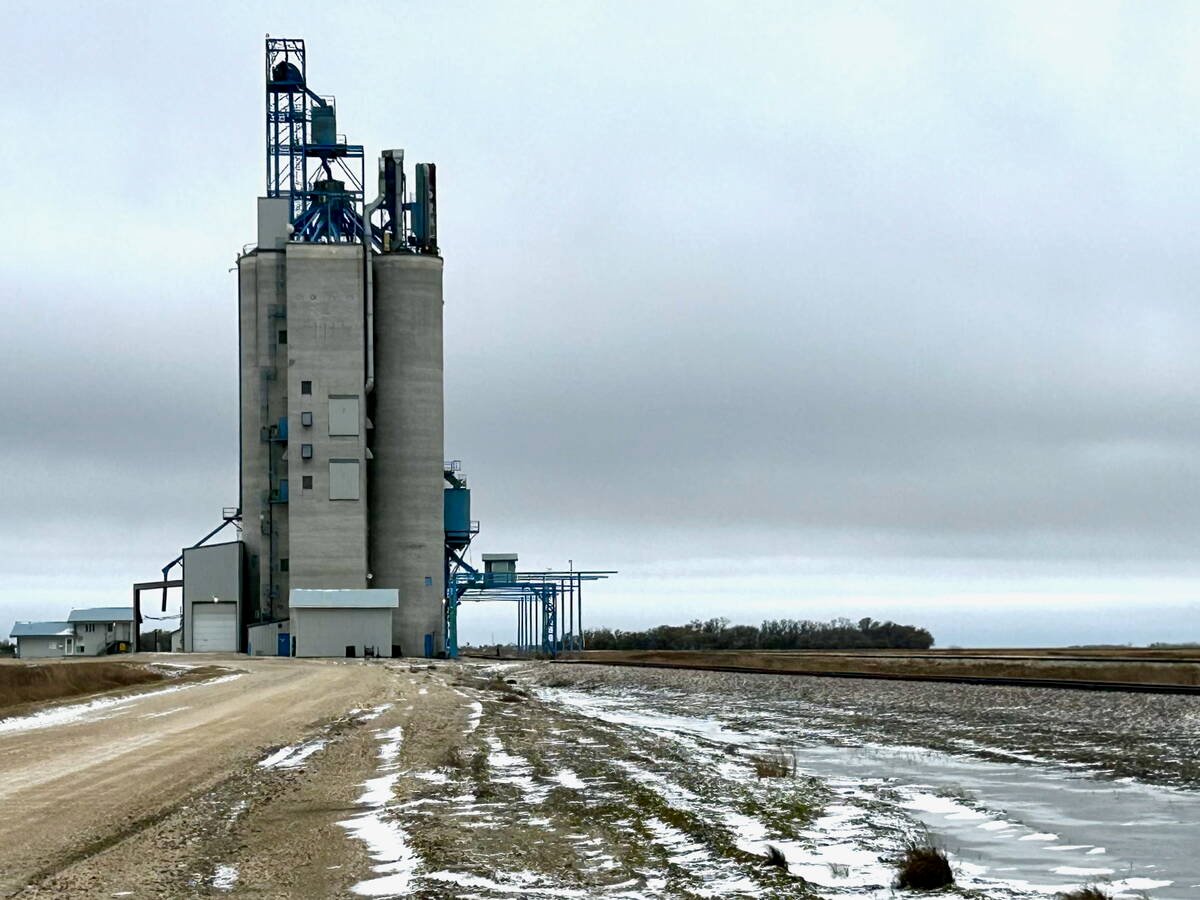Grain handling | Viterra elevator purchases make Richardson biggest player in Canada
It took 100 years, strategic investments and plenty of patience for Richardson International Ltd. to finally become the top dog in Canada’s grain handling industry.
On May 1, the company officially acquired 19 Viterra grain elevators, adding more than 3.5 million tonnes of grain and oilseed origination to its already substantial portfolio.
Richardson president Curt Vossen said the new additions give the family owned company a 33 to 34 percent market share of Western Canada’s grain handling business, which is identical to its main competitor, Glencore Xstrata plc.
However, Richardson also originates grain in Eastern Canada.
Read Also

Manitoba grain elevator ownership expands
Carman-based Linear Grain buys Fannystelle elevator from Bunge, another three elevators sold to Morden’s BP & Sons Grain and Storage Inc.
“If you put the two together, that would make us the biggest grain handler in Canada,” said Vossen.
The distinction of taking over the coveted No. 1 spot comes during the Winnipeg company’s 100th anniversary.
“We’re particularly excited that this company continues to be relevant and growing and effective and competitive 100 years after it was started and still 100 percent Canadian owned,” said Vossen.
The handpicked assets that were part of a complicated deal involving Viterra, Glencore, Richardson and Agrium Inc. fill gaps in Richardson’s elevator network, such as in west-central Saskatchewan, east-central Alberta and the Peace River region of northern Alberta and British Columbia.
“All of these production areas feed different markets,” Vossen said.
“Some feed a domestic market in North America or Canada, some feed an export market.”
Brian Hayward, former chief executive officer of United Grain Growers and Agricore United, said there is good reason Richardson has risen up the ranks.
“These guys are smart, shrewd operators,” he said.
“It’s patient money. The family has supported and been in this business for a long time and clearly is continuing to be interested in being in it.”
Richardson’s expansion phase was kick-started in May 2007 when the company agreed to abandon its pursuit of Agricore United in exchange for the right to buy 15 elevators and nine crop input supply centres from Saskatchewan Wheat Pool. The $315 million deal immediately expanded Richardson’s handling capacity by 50 percent.
The board of directors then gave Vossen $70 million to spend on upgrading the company’s existing and newly acquired fleet of elevators.
In 2010, Richardson cut the ribbon on its $170 million canola crushing plant in Yorkton, Sask.
Then came the big deal in March 2012, when the company agreed to pay more than $800 million to buy a collection of Viterra assets, including 19 grain elevators, 13 crop input centres, four oat mills, a wheat mill and an interest in three export terminals.
Hayward said Richardson has done a superb job of biding its time, waiting for the right opportunity to come along.
“It’s a great Canadian story. They’re very good operators. It’s probably testimony to patient capital and support from the family,” he said.
Publicly traded companies can’t afford to be as patient because there’s always the next quarterly report around the corner and the unrelenting shareholder expectation for growth in investment.
Randy Strychar, president of Ag Commodity Research, offered similar high praise.
“Richardson is an excellent company. I think they’re top shelf. I think Vossen and their management are about as good as I’ve seen in 30 years in the grain business,” he said.
Strychar agreed that the company has been opportunistic.
“They were in the right place at the right time and they were able to capitalize on it,” he said.
Strychar said a good case in point is the recent acquisition of Viterra’s oat mills in Canada and the United States.
“Getting the four mills was a great move,” he said. “That’s a very profitable sector for them. They did quite well in obtaining that.”
Vossen said Richardson is getting close to being built out on the grain handling side of the business in Canada and will be looking south of the border for further expansion opportunities now that it has a beachhead in that market with an oat mill in Nebraska and a wheat mill in Texas.















